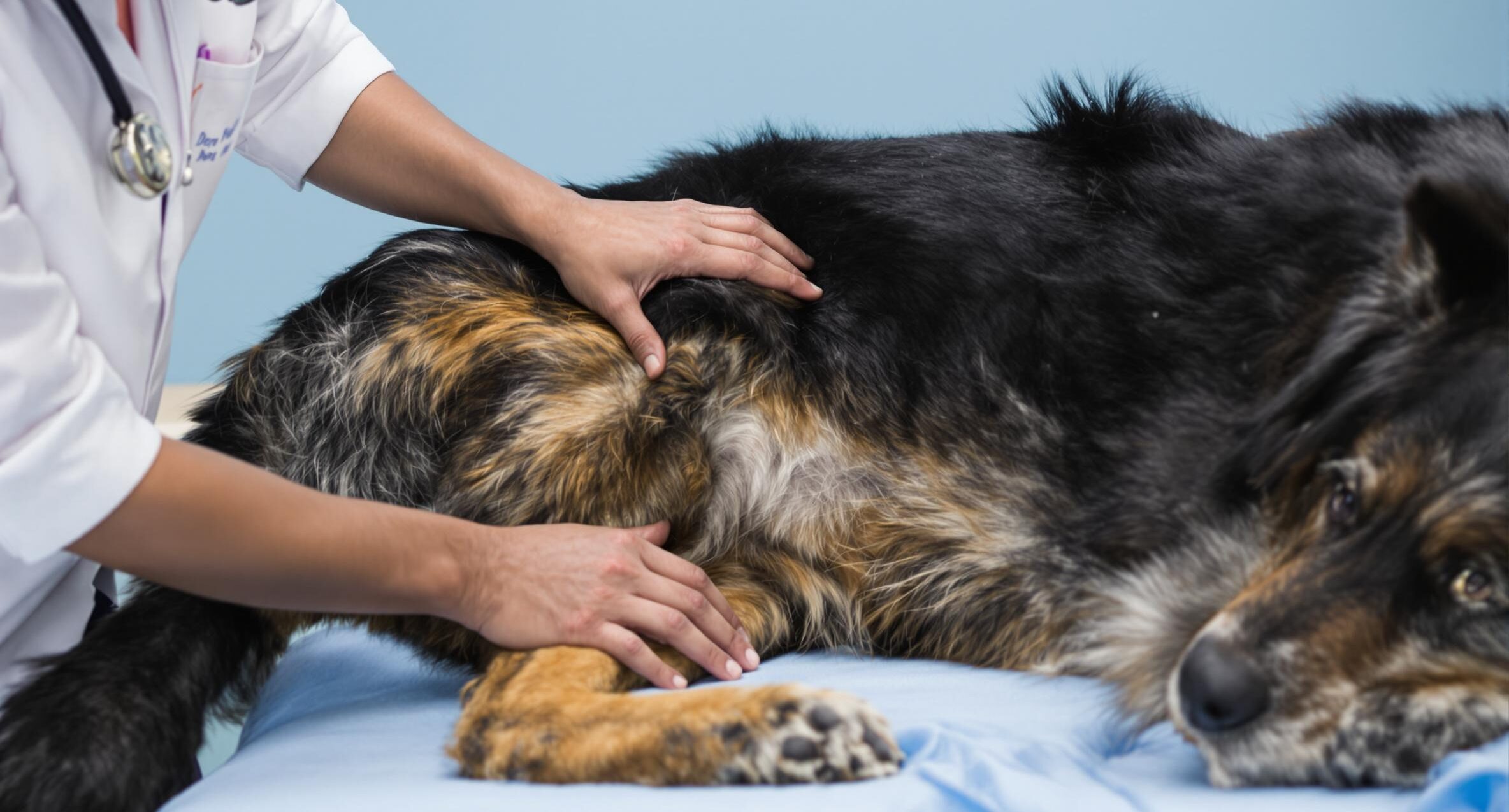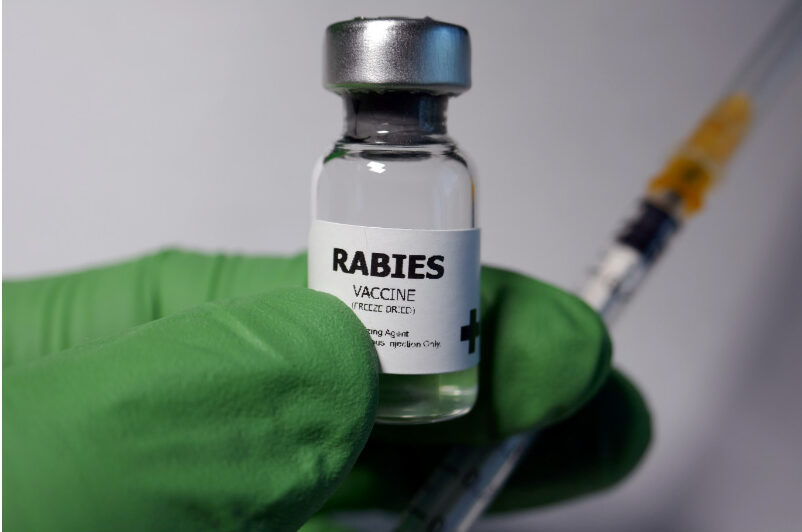Liver Disease Symptoms in Dogs

Symptoms of liver disease in dogs and cats
The symptoms of liver disease in pets vary and often mimic many other acute and chronic diseases. These symptoms include lethargy, reluctance to move, fever, loss of appetite, drooling, vomiting, diarrhea, excessive thirst and urination, and yellowing of the mucous membranes, eyes, and skin. Excessive bleeding may also occur. In pets with a circulatory liver problem, severe neurological signs often develop, and may include circling, head pressing, wandering, pacing, aggression, blindness, and even seizures.
- Lethargy
- Reluctance to move
- Fever
- Loss of appetite
- Drooling
- Vomiting and diarrhea
- Excessive thirst, urination, and bleeding
- Yellowing of mucuous membranes, eyes & skin
- Circling
- Head pressing
- Wandering
- Pacing
- Aggression
- Blindness
- Seizures
Diagnosis of liver disease in dogs and cats
Although history and physical exams provide important clues in diagnosing liver disease in pets, more specific diagnostic tests are often required. A major CBC/blood chemistry profile is often initially performed. When evaluating for liver disease, it is important to check for abnormalities in blood levels. Based on the initial results of these tests, further blood testing including measuring ammonia levels, serum bile acids, and clotting profiles may be done. X-rays and/or an ultrasound may give further diagnostic clues as to specific causes of liver disease. Special cultures and liver biopsies may be needed for a definitive diagnosis.





